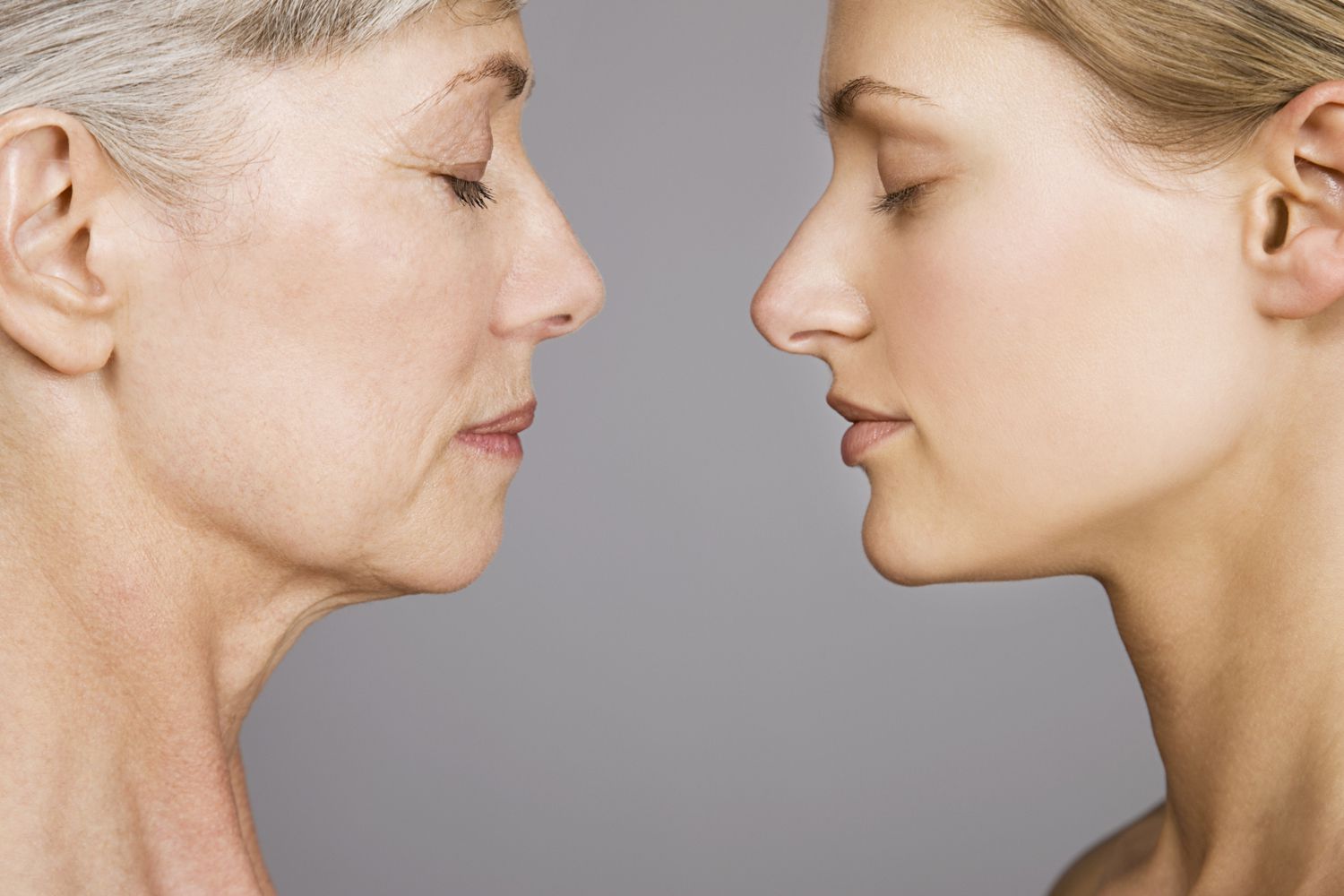As we navigate the tapestry of healthy aging, the role of sleep emerges as a cornerstone for overall well-being. A good night’s rest is not only essential for energy and vitality but also plays a crucial role in cognitive function, emotional resilience, and physical health. In this exploration, we unravel the significance of sleep in healthy aging and offer practical tips to ensure you embrace the rejuvenating power of quality rest.
1. Understanding the Link Between Sleep and Healthy Aging
Sleep is a dynamic process that evolves throughout our lifespan. As we age, changes in sleep patterns are natural, but the importance of quality sleep remains undiminished. Adequate and restful sleep contributes to mental clarity, emotional balance, and physical recovery, all of which are integral to the process of healthy aging.
2. The Importance of Sleep for Cognitive Health
Quality sleep is closely linked to cognitive health, encompassing functions such as memory, attention, and problem-solving. Adequate sleep supports brain plasticity, the brain’s ability to adapt and learn, which is crucial for maintaining cognitive function as we age. Prioritizing a good night’s rest becomes a proactive measure in promoting long-term cognitive vitality.
3. Emotional Resilience: Sleep and Mental Well-Being
The relationship between sleep and mental well-being is profound. Quality sleep fosters emotional resilience, aiding in stress management and mood regulation. As we age, navigating life’s challenges with grace and equanimity becomes increasingly reliant on a well-rested mind. Developing healthy sleep habits is a fundamental aspect of nurturing emotional well-being.
4. Physical Restoration: Sleep’s Role in Healing and Recovery
Sleep is a period of physical restoration, a time when the body undergoes crucial repair processes. This includes the release of growth hormone, tissue repair, and the strengthening of the immune system. Prioritizing sufficient sleep supports the body’s ability to heal and recover, contributing to overall physical health and resilience.
5. Tips for a Good Night’s Rest in Healthy Aging
-
Establish a Consistent Sleep Schedule: Maintain a regular sleep routine by going to bed and waking up at the same time each day, even on weekends. This helps regulate your body’s internal clock.
-
Create a Relaxing Bedtime Ritual: Develop a calming routine before bedtime to signal to your body that it’s time to wind down. This may include activities such as reading, gentle stretching, or practicing relaxation techniques.
-
Optimize Your Sleep Environment: Ensure your bedroom is conducive to sleep by keeping it dark, quiet, and cool. Invest in a comfortable mattress and pillows to support restful sleep.
-
Limit Stimulants and Screen Time: Reduce caffeine and nicotine intake, especially in the hours leading up to bedtime. Additionally, minimize screen time before sleep, as the blue light emitted by devices can interfere with melatonin production.
-
Stay Active, but Time Your Exercise: Regular physical activity promotes better sleep, but try to complete vigorous exercise at least a few hours before bedtime to allow your body to wind down.
-
Manage Stress and Anxiety: Incorporate stress-reducing practices into your daily routine, such as meditation, deep breathing exercises, or journaling. Managing stress positively influences sleep quality.
In Conclusion: Prioritizing Sleep in the Journey of Healthy Aging
As we embrace the journey of healthy aging, recognizing the pivotal role of sleep is an essential step toward overall well-being. Quality rest is not a luxury but a foundational element that nurtures cognitive health, emotional resilience, and physical restoration. By implementing practical tips for a good night’s rest, you empower yourself to age with vitality, embracing each day with a rejuvenated mind and body. Sweet dreams await those who prioritize the restorative power of sleep in the tapestry of healthy aging.





